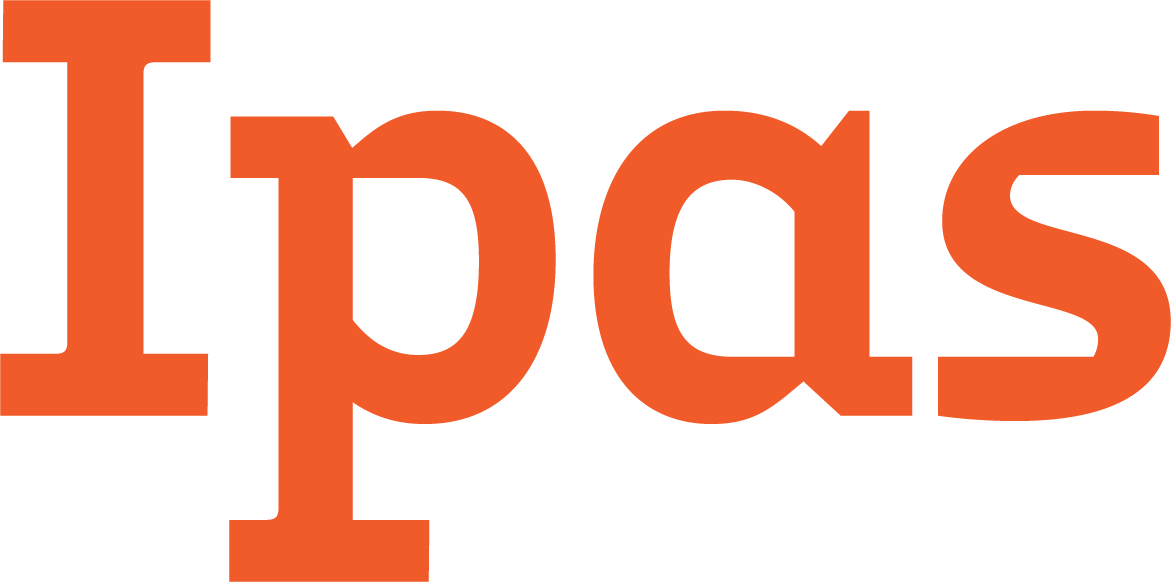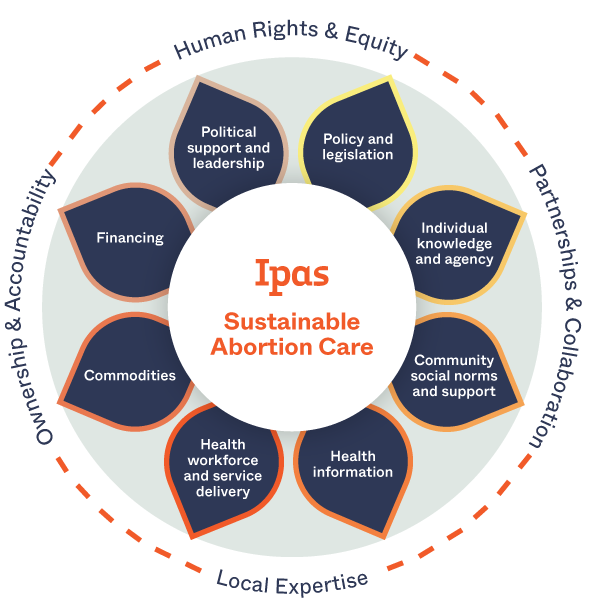Search Results
This study sought to determine the proportion of women presenting for an induced abortion in Ghana who could use a gestational wheel to determine if they had reached at least 13 weeks or fewer than 13 weeks of pregnancy accurately.
Given the overall safety profile and increasing availability of medical pregnancy termination drugs, we asked: would the mifepristone–misoprostol regimen for medical termination at ≤10 weeks of gestation meet US Food and Drug Administration regulatory criteria for over-the-counter (OTC) approval, and if not, what are the present research gaps?
For women in India, access to abortion has been marred by extreme stigma, lack of awareness about its legality, unavailability of safe services near the community, and high costs charged by providers. Unsafe abortion practices were the third largest contributor of maternal deaths in India. However, over the last decade, women who cannot access safe and legal services have moved to self-use of medical abortion (abortion with pills) — perhaps a better option than resorting to life-threatening means.
This study explored women’s experiences accessing services and estimate costs incurred for first-trimester abortion at four public hospitals in KwaZulu-Natal Province, South Africa. Despite the availability of government assistance for children through South Africa’s “child grant,” the affordability of raising a child was a major concern for women. Although theoretically available free of charge in the public sector, women experienced challenges accessing abortion services and incurred costs which may have been burdensome given average local earnings. These potential barriers could be addressed by reducing the number of required visits and improving availability of pregnancy tests and supplies in public facilities.
The Trump administration will withhold $32.5 million from UNFPA’s 2017 budget, undoing years of lifesaving support for maternal health.
Research has not kept abreast of women’s self-use of medical abortion, leaving many gaps in the scientific literature regarding the ideal conditions for safe and effective use. In December 2016, a group of 20 global abortion researchers convened following the Africa Regional Conference on Abortion to discuss current and future research on medical abortion self-use. This article lays out their list of identified research gaps and methodologic considerations in addressing them—challenges that are intended to inform both ongoing and future research.
This manual serves as a quick reference guide for pro-choice advocates. The guide offers factual evidence debunking ten widely disseminated abortion myths, and provides supporting background information and resources. We hope this guide will help reproductive rights activists to confidently respond to challenges to our work and to continue advocating for abortion based on clear, scientific and unbiased data.
Este manual sirve como guía de referencia rápida para promotores del derecho a decidir. La guía ofrece evidencia factual, que desacredita diez mitos sobre el aborto ampliamente difundidos, y proporciona antecedentes y recursos suplementarios. Esperamos que esta guía ayude a activistas defensores de los derechos reproductivos a responder con confianza a los retos en nuestro trabajo y a continuar abogando por el derecho al aborto basándose en datos científicos claros e imparciales.
The objective of this study was to validate recommended reprocessing methods for Ipas manual vacuum aspiration (MVA) devices. The study found that Ipas MVA devices were not negatively affected following validated instrument reprocessing methods for high-level disinfection (HLD) or sterilization for up to 25 reuse cycles. STERRAD and Cidex OPA did not meet assessed standards and are therefore not recommended. Strict adherence to guidance is critical for effective reprocessing of instruments.
The objective of this research was to explore the context of abortion stigma in Ghana and Zambia through qualitative research, and develop a quantitative instrument to measure stigmatizing attitudes and beliefs about abortion. Focus group discussions were conducted in both countries, and a Stigmatizing Attitudes, Beliefs, and Actions scale was created. It captures three important dimensions of abortion stigma: negative stereotypes about men and women who are associated with abortion, discrimination/exclusion of women who have abortions, and fear of contagion as a result of coming into contact with a woman who has had an abortion. It provides a validated tool for measuring stigmatizing attitudes and beliefs about abortion in Ghana and Zambia and has the potential to be applicable in other country settings.
This factsheet shares the results of a national study by the Guttmacher Institute and Ipas, in collaboration with the Ethiopian Society of Obstetricians and Gynecologists and the Ethiopian Public Health Association, and in conjunction with Ethiopia’s Federal Ministry of Health.
This guide was designed to help reporters understand the issues surrounding sexual and reproductive health and rights (SRHR), including the right to safe abortion, so they can report on SRHR issues in an accurate, fair and balanced manner. Although the guide specifically targets print and online journalists, all journalists—including those who work in TV and radio—can benefit from the information provided. The guide can also be used by organizations and coalitions as a guide to training reporters on SRHR issues.
A spokesperson is the face of an organization and represents the organization when addressing an audience or speaking to the press. The topic of sexual and reproductive health and rights (SRHR) is sometimes sensitive or controversial, making the job of a spokesperson for an SRHR-focused organization very important. This tool is designed to help spokespeople excel at their jobs and craft messages that effectively reach their intended audiences.
In 2006, the Youth-Friendly Task Force published technical guidance on youth-friendly postabortion care (YFPAC) with recommendations to improve the quality of and access to PAC services for adolescents. To complement the technical guidance on YFPAC and support the implementation of YFPAC, the PAC Consortium has developed this supplemental training module to train health care providers to provide YFPAC services to adolescents.
Este guia foi desenvolvido para ajudar os gestores de programas e provedores de serviços de aborto seguro a estimar os medicamentos e artigos médicos mais críticos necessários para a prestação desses serviços.
L’analyse situationnelle, effectuée par Ipas en mars et mai 2015 en collaboration avec des agences internationales et des organisations nationales actives dans ce domaine a permis d’étudier les besoins et les opportunités de prise en charge des soins complets d’avortement en Afrique de l’Ouest francophone et a conclu qu’il existait des possibilités manifestes et prometteuses pour étendre les soins complets d’avortement et les rendre disponibles aux femmes qui les nécessitent et qui y ont droit en vertu de la loi malgré la persistance d’une forte opposition culturelle, religieuse et politique à ce type de soins dans certains secteurs.
This study sought to identify socio-demographic factors associated with presenting for abortion services past the gestational age limit (12 weeks), and thus not receiving services, in Mexico City’s public sector first-trimester abortion program. We found that women living in Mexico City and with higher levels of education had lower odds of presenting past the gestational age limit. Adolescents at every level of education have significantly higher probabilities of not receiving an abortion due to presenting past the gestational age limit compared with adults.
Women’s access to abortion care is often denied or hampered due to a range of barriers, many of which are rooted in abortion stigma. Abortion values clarification and attitude transformation (VCAT) workshops are conducted with abortion providers, trainers, and policymakers and other stakeholders to mitigate the effects of abortion stigma and increase provision of and access to abortion care.
This paper estimates the incidence of legal and clandestine abortions and the severity of abortion-related complications among adolescent and nonadolescent women in Ethiopia in 2014. We find no evidence that adolescents are more likely than older women to have clandestine abortions. However, the higher abortion and pregnancy rates among sexually active adolescents suggest that they face barriers in access to and use of contraceptive services. Further work is needed to address the persistence of clandestine abortions among adolescents in a context where safe and legal abortion is available.

